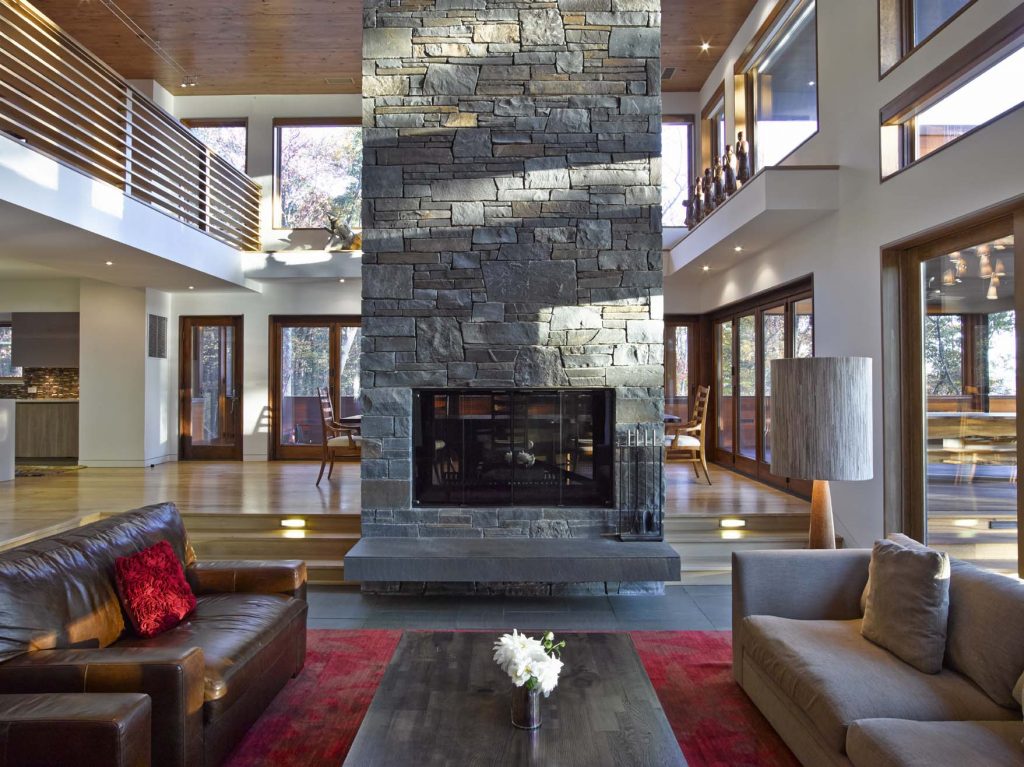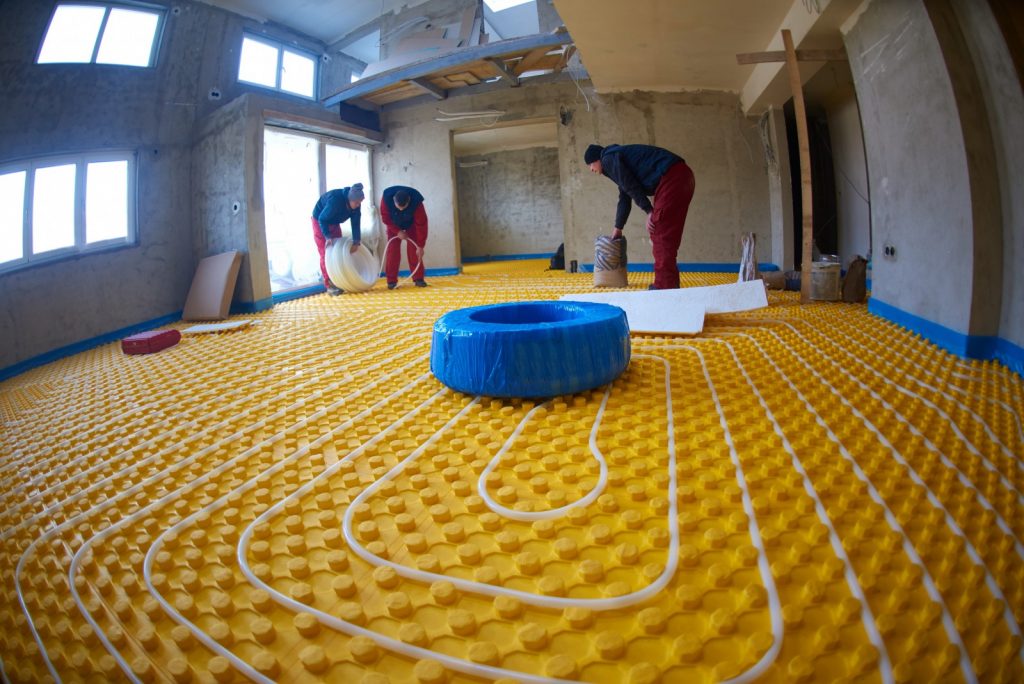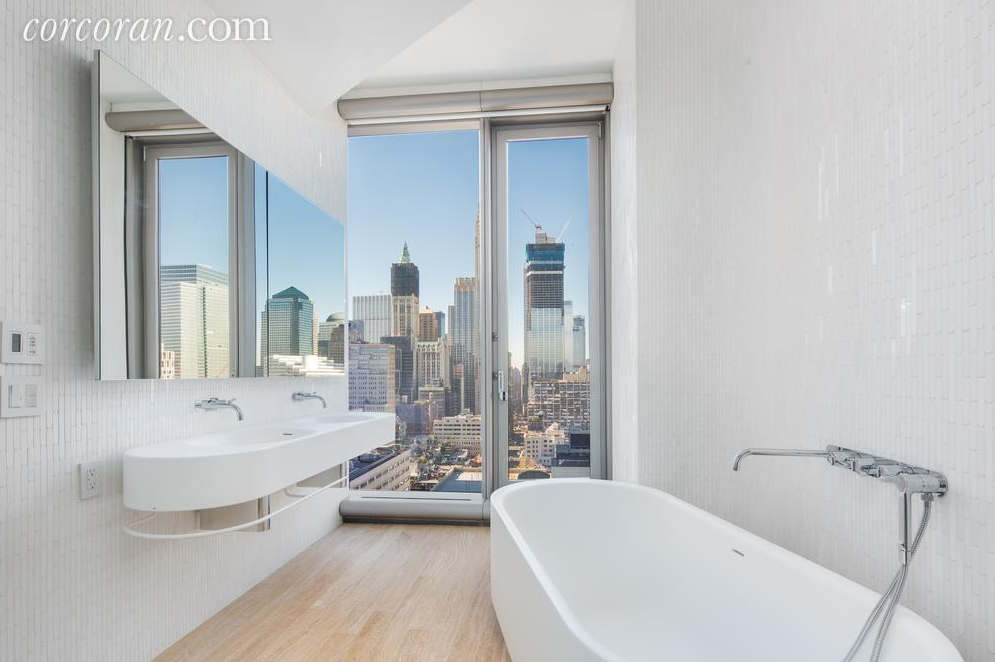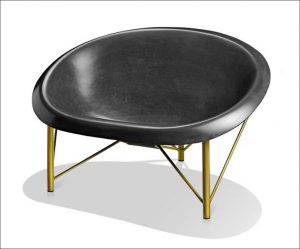It’s that time of year when having heated floors seems like a really good idea – especially when temperatures start dipping below freezing levels as we are expecting this weekend. Here are a few upsides of radiant heated floors:
- You can’t see the system
- It distributes heat evenly
- It can take less energy overall to keep your place warm
It’s also a bit of a luxury, but who doesn’t like getting out of bed and putting bare feet on a toasty floor? Exactly.
Basics about radiant floor heat
When looking into the possibilities, you’ll find there are three main types of radiant floor heat, or more simply, heated floors:
- Hydronic heat, which is using hot water (it’s the most popular)
- Electric, which is more costly (but there are ways to maximize value)
- Air-heated, which is not very common in residential applications
There are also two types of installations: wet, where the system is embedded in concrete, and dry, where the tubing is laid under the finished floor or subfloor. What you choose will depend on a variety of factors, but in new construction, you will have more options than retrofitting an existing home. Extensive details on your options can be found here on energy.gov.
We find that hydronic radiant floors are most cost-effective, given that water is typically heated by gas (less costly than electricity). But the upside of electric is that it activates much faster and since the floors may be able to retain the heat effectively (especially concrete), you can also heat your floors during off-peak hours and take advantage of time-of-use rates (offered by Con-Ed).
Either way, the floor coverings are an important consideration. Radiant floor heating is most efficient when you have a floor covering that’s a conductor, not an insulator. That’s why it’s quite common to see it used with ceramic tile, concrete and even wood. That doesn’t mean you can’t put a carpet over it; just keep in mind it’s not as efficient.
The benefits and drawbacks
Radiant heat flooring has several benefits. “What I found in my work is that the biggest advantage of radiant heating comes from its ability to be completely imperceptible to homeowners,” says Jenny Peysin, principal of her Brooklyn-based firm with the same name. “Walking on a radiantly heated floor, you experience a consistent thermal comfort without the separate warm and cool zones created by forced air or conventional heating systems.”
Peysin also loves the invisibility of the system. “You never have to look at supply air grilles or radiators, making for a cleaner and more aesthetically pleasing design.”
Fauzia Khanani, principal and founder of Foz Design in Manhattan also appreciates the cleanliness of radiant heat flooring, but in a different way. “By ‘clean’ I mean it helps to keep the interior environment clear of dust or other airborne particles that are circulated through a traditional, ducted heating system. It’s quite beneficial for occupants with allergies or respiratory issues.”
Even though Khanani has successfully used radiant heat flooring, she points out several drawbacks. “It’s definitely a long-term investment for clients as it can be costly upfront. Generally, for large spaces, it is recommended to have a supplemental heating system (traditional forced air) in case the radiant floor heating isn’t producing enough heat for extreme weather scenarios. So in some cases, clients end up paying for two systems. Additionally, I always provide clients with the disclaimer that there is always a risk of radiant tubing to be punctured or leak under the flooring. It’s important to be sure you have contractors that are familiar with the system and various installation methods to be sure there aren’t any mishaps on a project.”

RiverBanks, a home by Foz Design in Saugerties, NY, has radiant heat flooring throughout the main living area. “I love knowing my clients can walk around barefoot in the dead of winter,” says Fauzia Khanani, who designed the home. (Photograph by Garrett Rowland).
You also can supplement your main source of heat with radiant floor heating in places like bathrooms or spaces close to large windows, for example. In these instances, Khanani recommends going with electric mats that are installed under the floors. “They’re a more cost-effective for small areas like bathrooms and especially for smaller scale renovations.”
Cost and repair
Not including installation, hydronic systems start at about $6 per square foot and the electric ones typically start at $8 per square foot. Installation costs vary depending on the type of job, size of the room (the larger the space, the more cost-effective it will be per square foot), whether you go with wet or dry installation, among other factors. You can expect to see contractors in New York City quoting a minimum of $15 per square foot (system included).
One very obvious concern is repair. What happens if the system has a leak or other malfunction that needs to be addressed? I spoke with Fred Dobler of Queens-based Schumacher & Farley, which offers a full range of plumbing, heating, and air-conditioning services. First and foremost, he says, this is a job requiring professionals. He installs products from Viega and Uponor, two of the best manufacturers that will take his requirements and design the systems accordingly.
“If installed properly, pressurized, and tested before flooring goes down, you should be fine. I’ve never once had a problem,” he says. That said, if there ever is a problem, there are thermal imaging cameras that can be used to identify leaks in the system. The only way to fix those is to take the floor up. But if installers do what Dobler does, which is install closed loop systems that cover areas no more than 300 square feet at a time, disruption would be limited to that area.
Outside heating systems
One of the more interesting uses for radiant floor heating is outside. We are wrapping up a project on the Upper West Side just in time to see snow melt when it hits the ground. Warmly Yours makes snow melting systems to install under pavement, stairs, and walkways. These turn off automatically when the exterior temperature reaches a certain point. Peysin used radiant heat throughout the first floor of a vacation home in Jackson Hole, WY. The polished concrete floors extend to the terraces, and a heated walkway melts snow to show the pathway to the hot tub.
Perhaps you’re intrigued by the whole concept but not about to rip up your floors to put it in. If that’s the case — and even if it isn’t — here’s one of our favorite finds this year: the heated outdoor furniture collection from Galanter and Jones. Below is the heated Helios Love Chair, which has a cast stone surface and an electrical cord that offers heat and an experience “… as relaxing as being in a hot tub without having to get wet.” Between this outside and warm floors to pad around indoors, I could find myself falling hard for winter.
Related:













